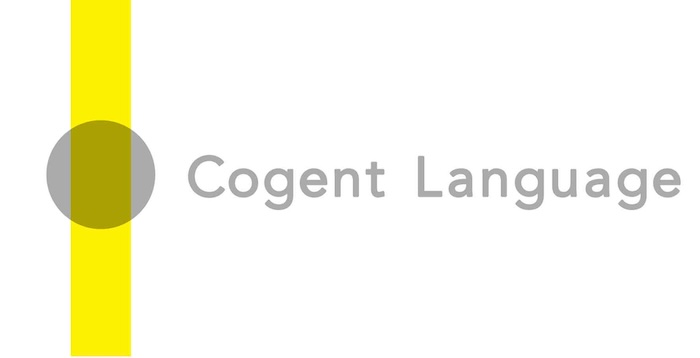Nice (8 minute) presentation on researching context of use. Discusses identifying end-users, modeling their contexts and purposes, the design challenge of serving them, and generating ideas about features and affordances of potential project products.
Category: *Design
This design perspetive on project know-how does development and problem-solving by a soft systems approach, centering users and communities. It emphasizes the importance of understanding social and cultural contexts, recognizing that technical solutions alone may not be sufficient. It combines elements of the traditional individual craft/”talent” of design with collaborative systems thinking and current technologies. It prioritizes user-friendliness, early stakeholder involvement, and transparent processes. It often involves creating visual representations of the complex relationships and perspectives within a system and surrounding it. Key early practitioners were architects (Alexander, Koberg and Bagnall), industrial designers (Jones, Norman) and visual facilitators (Sibbet) working in the 1960’s and 1970’s. However, for this community, the development of the Macintosh computer in the early 1980’s was a seminal event. That development may have been led more by Steve Jobs than by the principles of the community; however, the Mac and related technologies certainly have enabled this community to expand enormously, in scale and impact.
These days, “co-design” practitioners in Australia and New Zealand are among key thought leaders inspired by and extending this perspective on project know-how.
“Rich Pictures in 5 Minutes!”
Brief tutorial on a powerful notation for collaborative problem-situation analysis and representation. Originated in Peter Checkland’s Soft Systems Methodology (SSM).
“What is an Empathy Map?”
Nice 5′ video – nice visuals, nice explanation
“Customer Journey Mapping Workshop”
Nice 6′ video – visual, information-rich, well organized
“The Job, the Pain, the Gain, and Customer Segments”
Useful 4′ vid.
“How to Create a Customer Persona using an Empathy Map”
Useful 6′ vid.
“Shared Vision”
Peter Senge defines “shared vision” in < 5′. Shared vision is one of the 5 “disciplines” of the learning organization, as he famously asserted. Somewhat similar to the notion of “BHAG” -big, hairy, ambitious goals” popularized in the book “Built to Last”.
